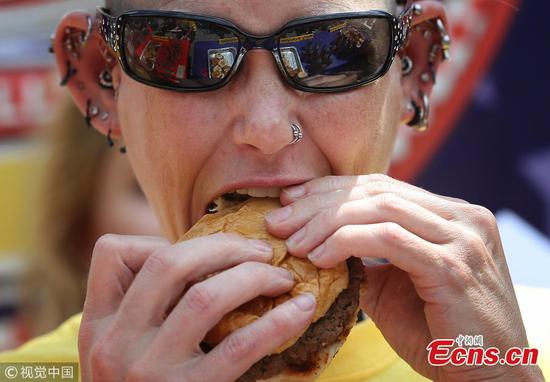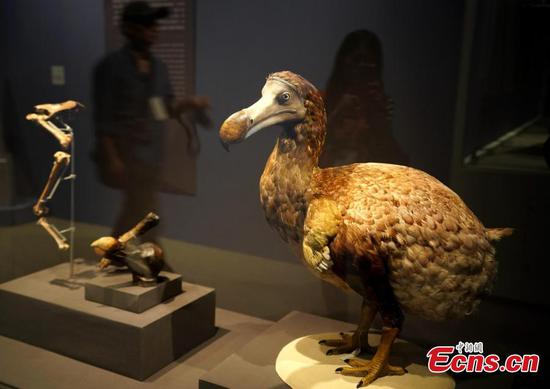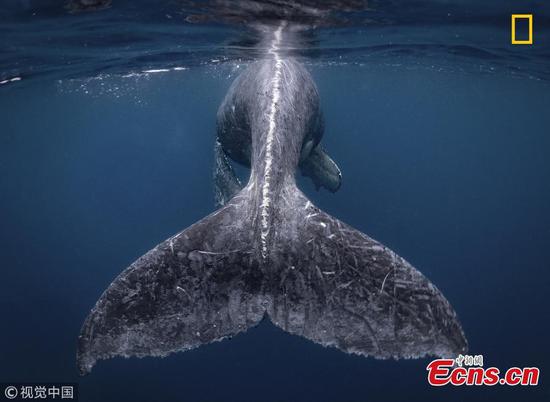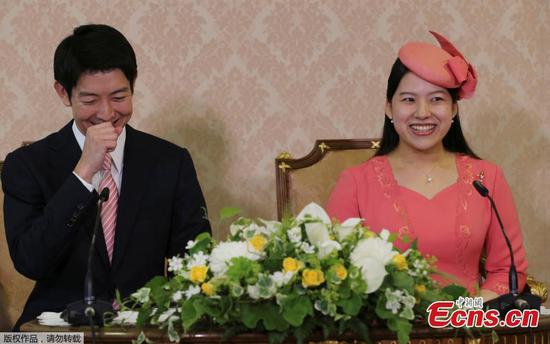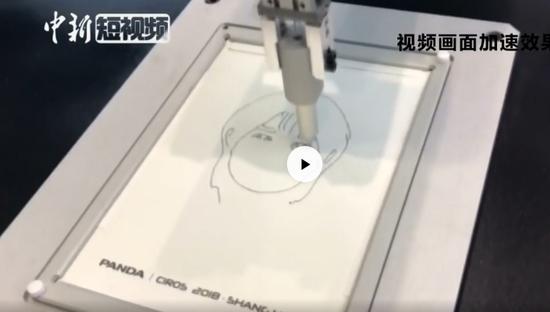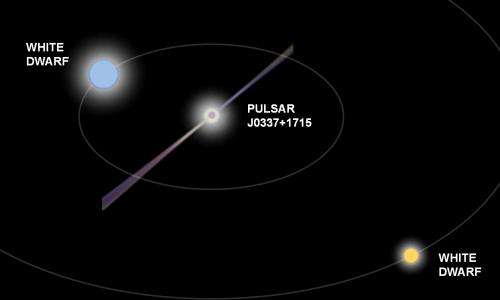
A diagram of the three-body system. Graphic: Thomas Tauris (Phys.org)
An Australian astrophysicist has helped a team of international researchers prove Albert Einstein's theory of general relativity on a planetary scale.
Released on Thursday, the six-year experiment compiled 1,200 hours of observation data from a three-star system 4,200 light years away from Earth in the constellation of Taurus.
To test the theory of general relativity on something much larger, teams from the Arecibo Observatory in Puerto Rico, the Green Bank Observatory in the United States and the Dwingeloo Radio Observatory in the Netherlands looked at a triple star system discovered in 2012.
At the center of the system is an extremely dense neutron star 1.4 times the mass of the Earth's sun.
Gravitating around it, is a white dwarf only 0.2 times the mass of the sun.
This odd couple is also in the gravity field of another white dwarf which orbits them at a great distance.
"This particular system consists of one ultra-dense neutron star and two less-dense white dwarf stars, which makes these stars the dream team for testing relativity," senior lecturer Adam Deller from Swinburne's Center for Astrophysics and Supercomputing, who was involved in the project.
To find out if the gravitational mass is the same as the inertial mass, as Einstein's theory would suggest, researchers examined the radio waves pulsating from the neutron star which can be viewed from Earth in what scientists describe as a "cosmic lighthouse."
"The radio pulsar star acts like a clock in the sky," Deller explained.
"It spins in a very predictable way and each time it sweeps past the Earth we see a little blip of radio emission, which we can treat like the ticks of a clock."
"By tracking the motion of the pulsar via pulsar timing, we can tell whether it, and its nearby less dense companion, are both falling towards the third and more distant star in the same way as general relativity predicts, and we couldn't detect any difference."
















